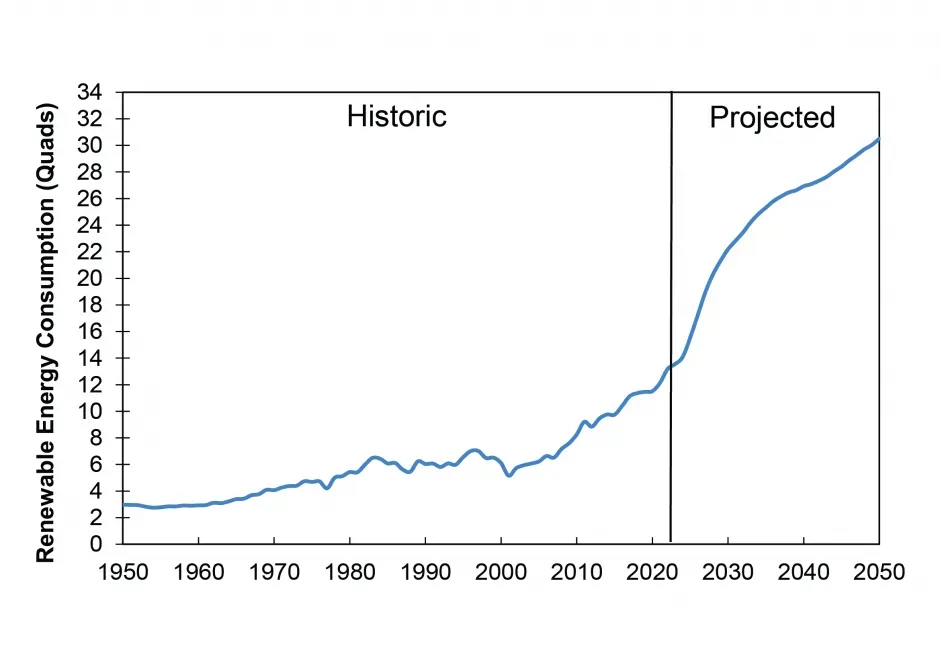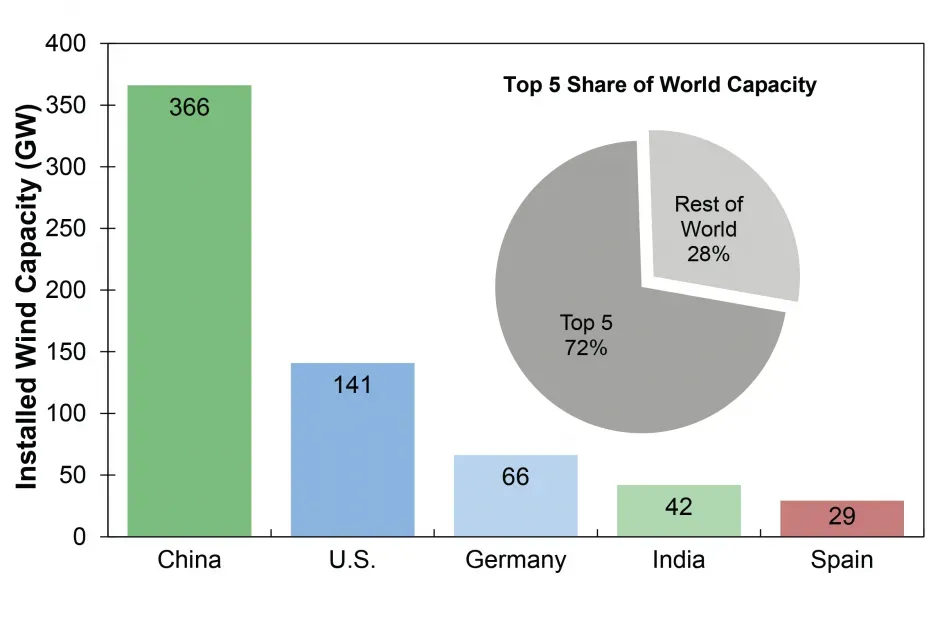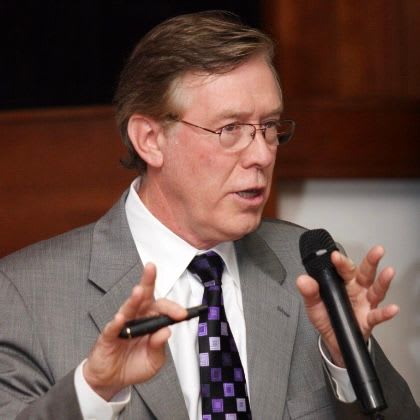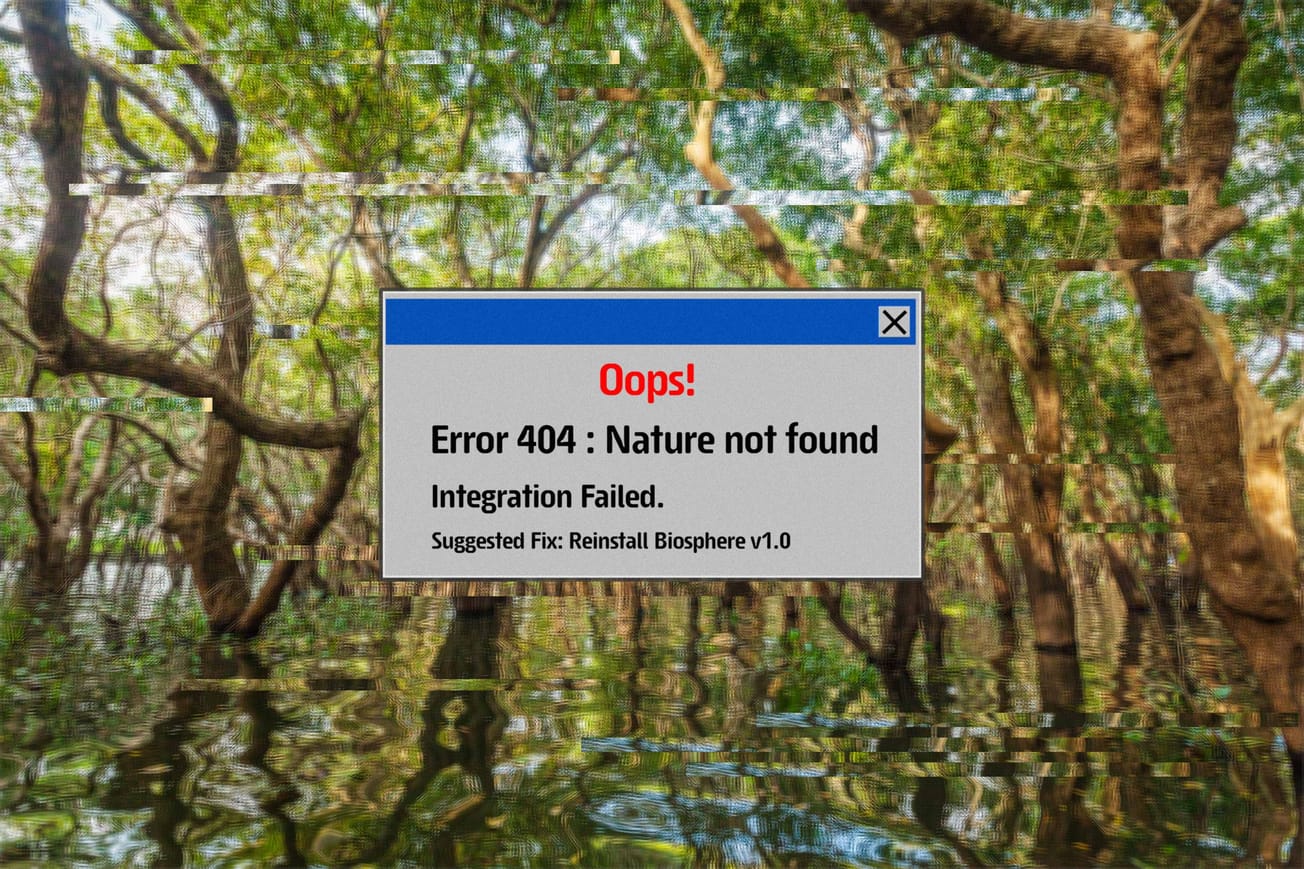Renewable energy has grown rapidly in recent years, but its overall contribution remains limited compared to the persistent dominance of fossil fuels. In 2010, fossil fuels accounted for 80% of global total final energy consumption (TFEC). Despite a significant 104% increase in renewable electricity generation between 2010 and 2022, fossil fuels still represented around 80% of TFEC in 2022. This stagnation is largely because global energy consumption grew by 15% during the same period, outpacing the absolute growth in renewable energy.
The core issue is not the growth rate of renewable energy, which has exceeded expectations, but the relentless increase in energy consumption. For instance, while renewable electricity generation increased by 15.8 exajoules (EJ) from 2010 to 2022, global electricity demand grew by 27 EJ in the same period, making it difficult for renewables to close the gap.

To address this challenge, several energy transition scenarios have been proposed. The International Energy Agency’s (IEA) Stated Policies Scenario (STEPS) projects that renewable energy would need to grow at eight times its current baseline rate to replace fossil fuels by 2050. Another scenario, the IEA’s Net Zero Emissions (NZE) scenario, envisions a 36% decline in TFEC by 2050, requiring renewable energy to grow at five times its current rate. However, given the current trends, linear growth in renewable energy is unlikely to meet these targets. Even if TFEC were halved by 2050, as proposed in a third scenario, renewable energy would still need to grow at three times its baseline rate—a daunting and improbable task.
While it is critical to continue aggressively building out all forms of renewable energy and improving energy efficiency, it is clear that the Intergovernmental Panel on Climate Change’s (IPCC) 2050 goals cannot be achieved without broader socioeconomic changes and significant shifts in individual behavior. Reducing energy demand among the wealthiest nations, which are responsible for a disproportionate share of greenhouse gas emissions, is essential.
Consider the stark disparities in energy consumption: The average American consumes 317 billion joules of energy annually, twice that of the average European (158 billion joules), more than three times that of the average Chinese citizen (95 billion joules), and nearly ten times that of citizens in the Global South (32 billion joules). The world’s richest 10% are responsible for approximately 50% of global energy consumption. This disparity underscores the significant role that wealthier individuals and nations play in driving global energy demand and greenhouse gas emissions.

Addressing this imbalance is crucial for combating climate change and achieving equitable energy solutions. However, the political barriers to addressing this social inequity remain the overriding challenge in the fight against climate change.
We must also acknowledge a sobering alternative: Wealthy nations and individuals may choose to maintain their consumption patterns, collectively ignore the 2050 climate goals, and focus instead on adaptation in a winner-takes-all strategy. Such a path would deepen global inequities and intensify the climate crisis, making it imperative that we pursue the more challenging but just route of transformation.
Data Sources:
- International Energy Agency (IEA)
- Intergovernmental Panel on Climate Change (IPCC)
- U.S. Energy Information Administration (EIA)
- World Bank and International Monetary Fund (IMF) reports on global energy consumption disparities
- Scientific studies on global energy consumption and socioeconomic inequities
- Center for Sustainable Systems, University of Michigan













